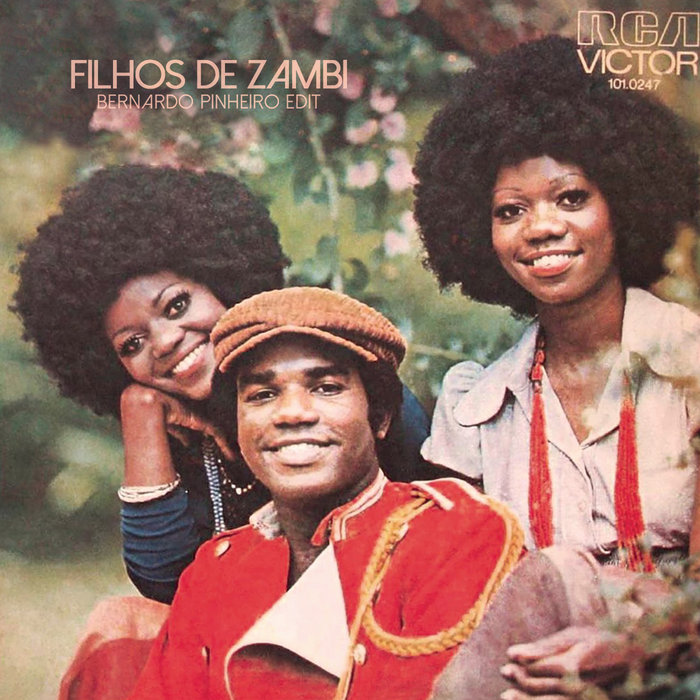
Filhos de Zambi (Bernardo Pinheiro edit) – Bernardo Pinheiro
this blog is GROOVY – check out great Soul, Funk, Jazz, Hip Hop, Bass, Breaks , Reggae, House n many more TUNES
Hey there, groovers! Let’s take a jazzy stroll through the vibrant history of jazz dance—an explosive fusion of rhythm, movement, and good vibes that’s been getting people on their feet for over a century. So grab your dancing shoes and let’s dive into the funky world of jazz dance!
Jazz dance is not just any ol’ shuffle. It’s an electrifying genre that combines elements from various styles including ballet, tap, African dance, and even social dances like the Charleston. With its origin deeply rooted in African American culture and the Harlem Renaissance, jazz dance has evolved through years of creativity and innovation.
The story kicks off in New Orleans around the late 19th to early 20th century when ragtime music hit the scene like a comet. Musicians were blending African rhythms with European harmonies, creating something fresh and exciting.
During this time, dancers started stepping to these new beats in bars, clubs, and speakeasies. Picture this: flapper girls swinging their fringed dresses while guys tip-tap-tinging away on wooden floors—not only did they move to live music; they made it too!
Did you know some of those early dancers were also musicians? They’d be juggling instruments while cutting a rug—a two-for-one deal for entertainment!
In the 1920s—the Roaring Twenties—jazz became synonymous with carefree living. Enter Louis Armstrong with his smooth trumpet skills and infectious smile—and bam! People couldn’t help but swing their hips at every corner.
Social dances like the Charleston exploded across America; everyone wanted in on that action. But here comes our first legend: Josephine Baker! This diva danced her way into stardom by performing at Parisian clubs dressed as a banana (yep!). Her wild performances challenged societal norms while making audiences go bananas herself!
Imagine being so celebrated that you end up performing in an actual banana skirt? How ripe for humor is that?!
As we groove into the ‘30s & ‘40s—think big bands and swing music—the energy escalated even more! Dancers took center stage alongside stars like Billie Holiday spinning soulful tales through song.
During this time came great pioneers such as Katherine Dunham, who combined African rhythms with modern ballet techniques—it was revolutionary! Meanwhile, her troupe often performed barefoot because high heels weren’t made for high-energy grooves—we respect those choices!
Did y’all hear about how Dunham studied anthropology before diving headfirst into choreography? Bet she danced ethnography right outta textbooks!
Fast-forward to post-war America where jazz danced its way onto Broadway stages during musicals like “West Side Story” (1961) injecting pure emotion along with epic choreography by legends like Jerome Robbins.
Jumping to today’s scene—modern-day instructors took all this rich history hustling forward creating classes filled not just with steps but storytelling galore—from expressing joy or heartbreak via intricate movements!
But guess what? Pick up class tips from someone who may look familiar…ever heard about “the moonwalk”? Yup! Before Michael Jackson made it famous everywhere else—I hear he might have taken notes from classic jazz moves himself.
If MJ had funkier shoes back then would he have glided smoother than butter? Food for thought folks—you know it had shimmy written all over it!
Whoa there hold onto your hats—we’re hitting the ’70s where disco balls shone bright alongside breakdancing battles igniting street culture nationwide. Flashdancing teens tossed together swift footwork inspired heavily by past genres making them trendsetters without knowing it.
And speaking of trends don’t forget Cab Calloway struttin’ his stuff showcasing his scat-singing talent known worldwide…and oh wait—did you hear about his pet hippo named after him?! Yes indeed Calloway owned Hilda (“Hippo Hilda” if ya please)—talk about rare duets happening backstage!!
Now we zoom ahead to modern day—with artists continuing experimenting using electronic sounds meeting traditional vibes—it keeps growing endlessly much like your auntie’s famous fruitcake recipe …but thankfully less dense haha!
From commercial teachers molding future talents on TV shows featuring competition formats all around well-known acts rising globally achieving accolades everyone knows what happens next! ⚡️✨
Dancers still blend contemporary steps infused deep within soulful messages uniting communities cheering heartbeats across studios worldwide…
So whether you’re doing pirouettes or breaking out fierce freestyle remember wherever music goes…there’s always room for joyous celebration found only through good old-fashioned JAZZ DANCE baby!!! 💃🏽🎷🕺🏿
There you have it—a brief romp through jazz dance history flavored with facts that’ll tickle your funny bone! Now go out there share smiles & memories one kickball change at a time…stay groovy my friends!

Filhos de Zambi (Bernardo Pinheiro edit) – Bernardo Pinheiro